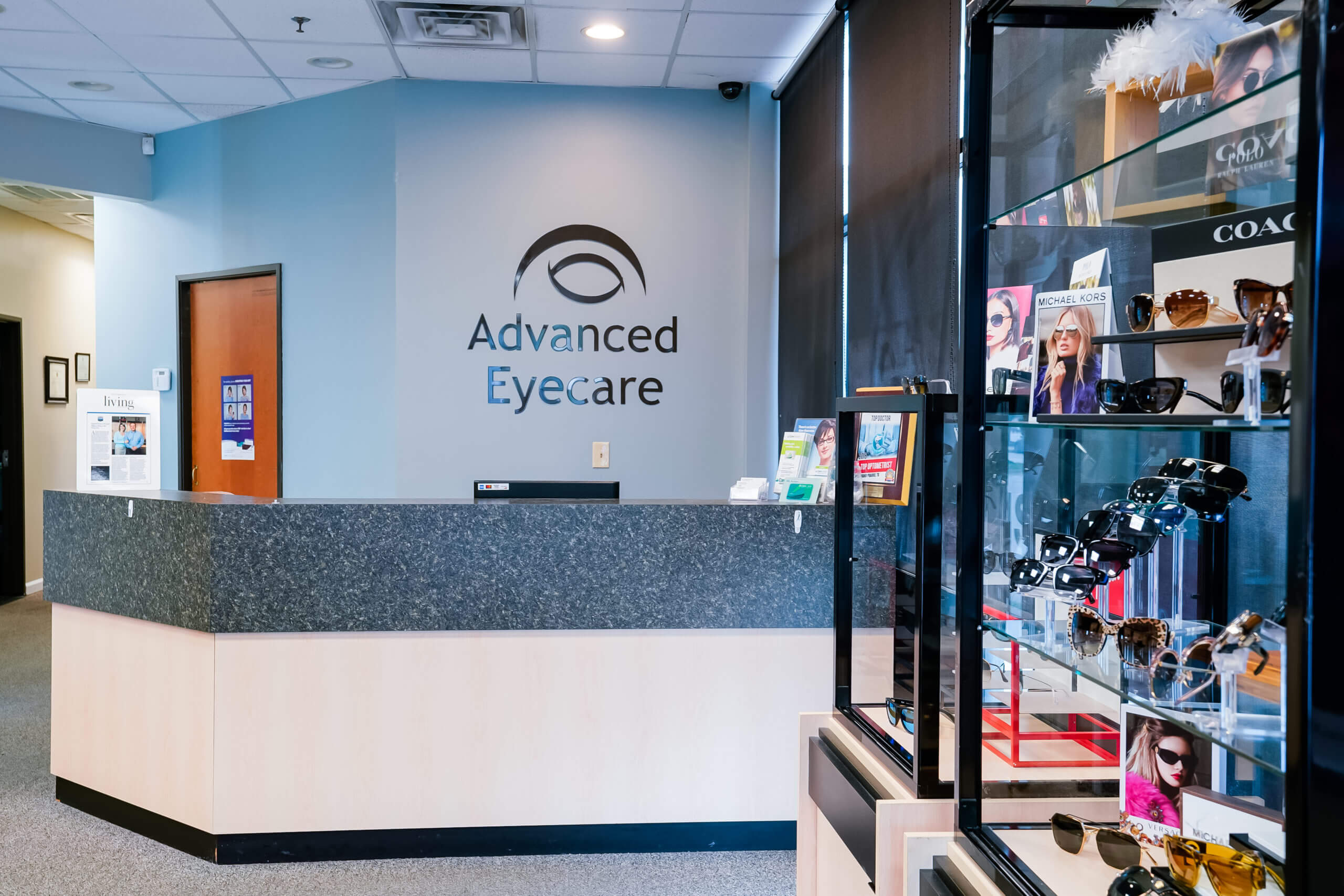Leading Cardiologist in Andalusia: Discover Specialist Clinics Near You
Leading Cardiologist in Andalusia: Discover Specialist Clinics Near You
Blog Article
The Advantages And Disadvantages of Different Refractive Surgical Treatments for Improved Eyecare

LASIK Surgical Treatment
LASIK surgery is a commonly performed refractive treatment that intends to correct vision concerns such as astigmatism, farsightedness, and nearsightedness. This medical technique has obtained popularity due to its performance in supplying clients with clearer vision and decreasing their reliance on glasses or get in touch with lenses. During the procedure, a thin flap is produced on the cornea, and a laser is utilized to reshape the underlying tissue, remedying the refractive error. The flap is after that rearranged, allowing for fast healing and marginal pain for the patient.
Among the key benefits of LASIK surgical procedure is the quick renovation in vision experienced by several clients. The majority of individuals notice a substantial enhancement in their eyesight soon after the procedure, with very little downtime required for healing. In addition, LASIK is recognized for its high success rate and low incidence of complications when executed by experienced doctors. Nonetheless, like any medical treatment, LASIK additionally brings some dangers, including dry eyes, glow, halos, and under or overcorrection of vision. It is important for people thinking about LASIK surgical treatment to undertake a comprehensive analysis by an eye care expert to figure out if they appropriate prospects for the treatment.
PRK Treatment
The PRK procedure, also referred to as Photorefractive Keratectomy, is a type of refractive surgical treatment that aims to fix vision problems similar to LASIK surgery. Unlike LASIK, which entails creating a flap in the cornea, PRK deals with the surface area layer of the cornea. Throughout the PRK treatment, the outer layer of the cornea, called the epithelium, is removed to allow improving of the underlying corneal tissue with an excimer laser. This improving helps to remedy refractive errors such as astigmatism, nearsightedness, and farsightedness.
One of the benefits of PRK over LASIK is that it gets rid of the danger of flap-related difficulties considering that no flap is produced during the surgery. This can be advantageous for individuals with slim corneas or those associated with get in touch with sports where eye trauma is an opportunity. The healing time for PRK is normally much longer contrasted to LASIK, as the external layer of the cornea needs time to regenerate after the procedure. In spite of the longer recovery period, PRK can be a suitable option for people seeking vision adjustment surgical treatment.
SMILE Surgical Procedure
A cutting-edge refractive surgical treatment technique getting popularity in the field of ophthalmology is SMILE Surgical procedure. Little Cut Lenticule Removal (SMILE) is a minimally invasive treatment that fixes vision by improving the cornea using a femtosecond laser. Unlike traditional LASIK surgical treatment, SMILE Surgical procedure involves producing a little laceration in the cornea to draw out a lenticule, which results in less interruption to the corneal framework and possibly quicker healing times.
One of the primary benefits of SMILE Surgical procedure is its capacity to deal with myopia (nearsightedness) and astigmatism with high accuracy, causing exceptional visual results for people. The minimally invasive nature of the treatment likewise minimizes the threat of issues such as dry eye disorder, making it a favorable choice for people seeking refractive surgical treatment.

LASEK Method
Having actually discovered the advantages and considerations of SMILE Surgical treatment, an additional significant refractive surgery strategy worth analyzing is the LASEK Method. LASEK, which means Laser-Assisted Subepithelial Keratectomy, is a kind of laser eye surgical procedure that intends to deal with refractive mistakes such as myopia (nearsightedness), hyperopia (farsightedness), and astigmatism.
Unlike LASIK, LASEK does not involve producing a corneal flap. Instead, during a LASEK treatment, the specialist makes use of a watered down alcohol option to loosen the thin outer layer of the cornea, understood as the epithelium.
Among the key advantages of LASEK is that it can be appropriate for people with thin corneas who may not be excellent candidates for LASIK. Additionally, LASEK usually leads to minimal post-operative pain and a quicker recuperation time contrasted to PRK. The aesthetic healing procedure with LASEK may be a little longer than with LASIK.
Implantable Call Lenses
Implantable Get in touch with Lenses use a long-lasting vision improvement option for individuals looking for an alternative to traditional get in touch with lenses or glasses. These lenses, also referred to as phakic intraocular lenses, are surgically put into the eye to fix refractive errors such as nearsightedness (nearsightedness), hyperopia (farsightedness), and astigmatism. neurologist Andalusia. Unlike conventional call lenses that sit on the surface area of the eye, implantable see this here contact lenses work More about the author within the eye itself, offering clear vision without the requirement for day-to-day maintenance or removal
Among the vital benefits of implantable contact lenses is their durability. Once inserted, they can stay in the eye forever, offering stable and consistent vision modification. Furthermore, these lenses can be an outstanding choice for people who are not great prospects for laser eye surgical treatment or that favor a relatively easy to fix vision modification procedure.
Nevertheless, implantable get in touch with lenses do lug some dangers, consisting of the potential for cataracts or enhanced eye pressure. It is essential for people considering this option to speak with an eye treatment professional to establish if implantable contact lenses are the right choice for their specific needs and eye health.
Final Thought
In final thought, each type of refractive surgical treatment has its own advantages and disadvantages. LASIK surgery is popular for its fast recuperation time, while PRK treatment might be appropriate for people with slim corneas.

In General, SMILE Surgical procedure offers an appealing option for people looking to enhance their vision with refractive surgical treatment.
Report this page